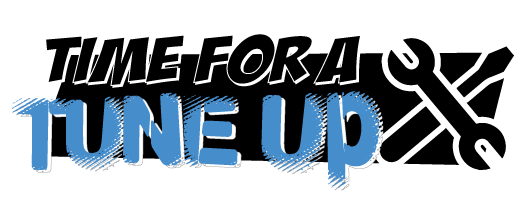
Recovery and Repair Start Here:
“Are You Healthy?” – This infographic talks about the common causes of injury and teaches us how to assess and prevent minor aches and pains. This is a great resource for any athlete or coach.
----------------------------------------------------------------------
An ounce of prevention is worth a pound of cure. - Unknown
Understanding the Big Picture
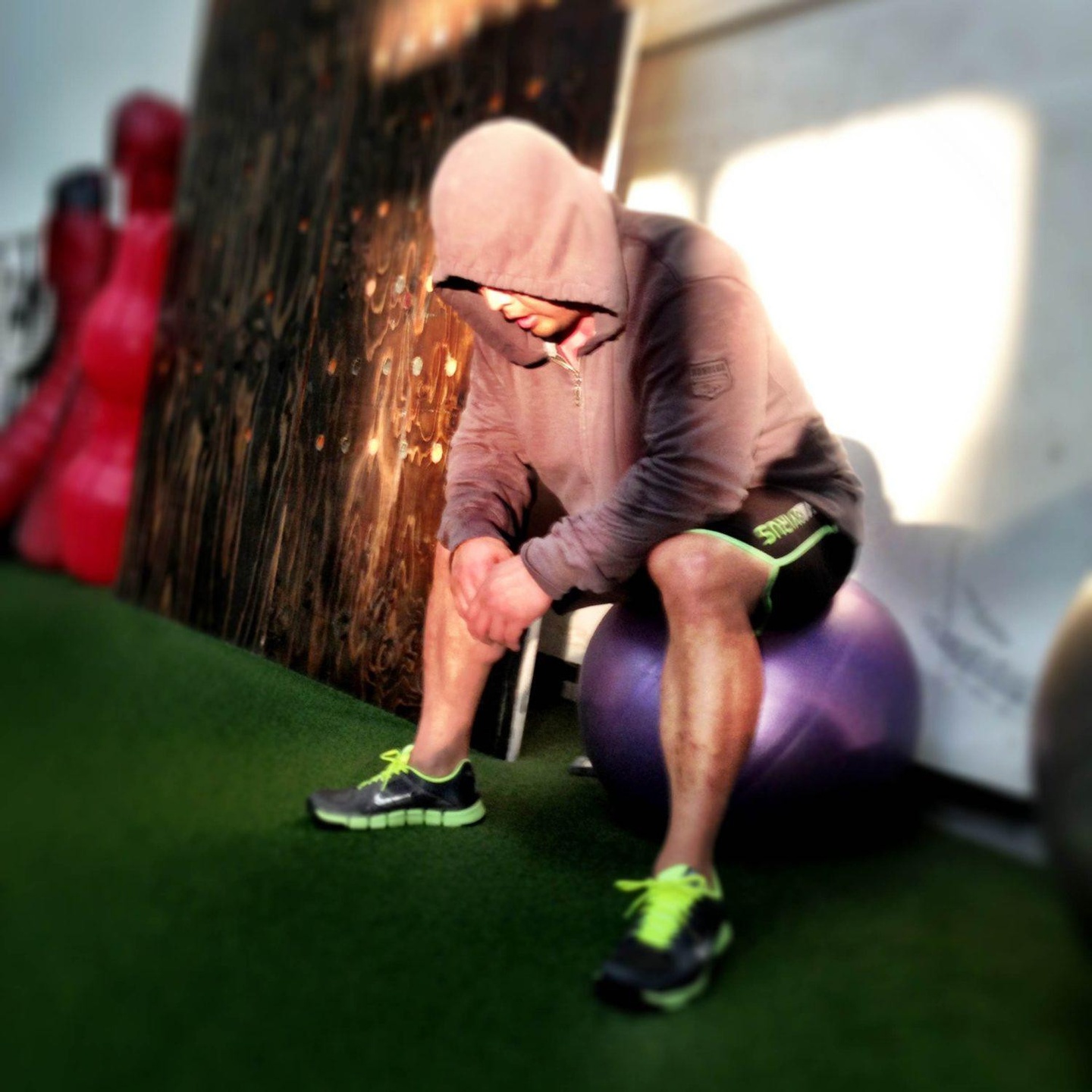 Everybody loves to talk about the toughest workout that they ever had...
Everybody loves to talk about the toughest workout that they ever had...
Man... you should have seen what coach had us do yesterday!
Go Hard or Go Home, right!?
Problem is that tough workouts take their toll on our system.
Its impossible to spar, train and go hard everyday without eventually breaking down.
That's why its important to have a workout plan that varies in intensity throughout each week and year.
Sometimes we can BEAST out and get strong...other times the focus might shift to developing more power or speed.
Other times we need to back off and give our body a little Tune Up.
That's the topic of this article...
This article will showcase how to back off from time to time, giving our body time to recover and replenish between more intense training or camps.
*DISCLAIMER: The concepts in this article are not designed to solve chronic or acute pain. These are low level exercise strategies to help common imbalances and potentially alleviate minor aches and pains associated with daily life. If you have an acute (sudden) injury or chronic pain, please consult a doctor before starting any exercise program.
Common Causes of Pain and Injury
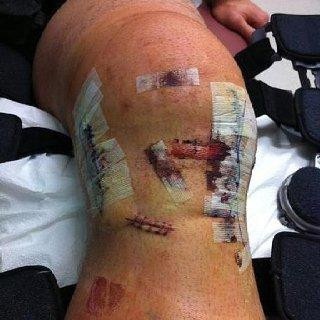 Previous Injuries are one the biggest predictors of future pain and injury. Typically during therapy, only the site of pain or surgery is addressed. For example, if you had an ACL reconstruction, most therapy focuses on restoring range of motion of the knee and basic function of the affected leg. Problem is that they rarely address the compensations that occur because of the injury. Things like favoring the opposite leg can wreak havoc on our system and create major imbalances from right to left.
Previous Injuries are one the biggest predictors of future pain and injury. Typically during therapy, only the site of pain or surgery is addressed. For example, if you had an ACL reconstruction, most therapy focuses on restoring range of motion of the knee and basic function of the affected leg. Problem is that they rarely address the compensations that occur because of the injury. Things like favoring the opposite leg can wreak havoc on our system and create major imbalances from right to left.
Poor Posture is the product of our sedentary lifestyles. Cell phones, couches, cars, and computers account for the majority of our days. Throw in some grappling or stand up training and it only adds to the problem. Once our head and shoulders roll forward, the hips shift and our body is forced to compensate. Muscles and joints get out of balance, sometimes leading to pain and leaving us vulnerable for injury.
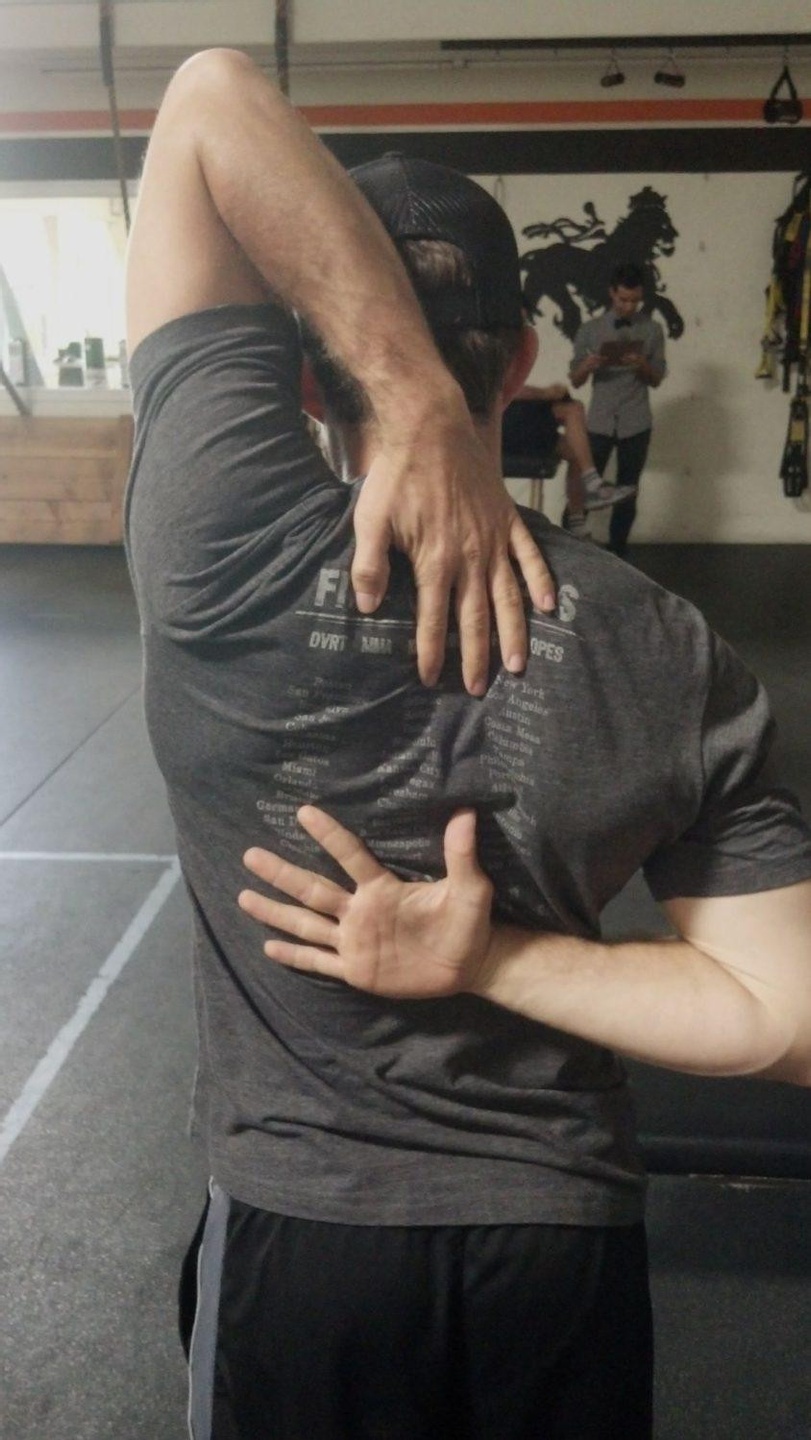 Asymmetries are basically differences from the right and left side of our bodies. When we have a significant difference in mobility or strength, that can lead to compensation in our movement patterns. This might start small, but can build over time and get exposed when stressed beyond its limit.
Asymmetries are basically differences from the right and left side of our bodies. When we have a significant difference in mobility or strength, that can lead to compensation in our movement patterns. This might start small, but can build over time and get exposed when stressed beyond its limit.
Overuse is pretty common these days. Coaches and athletes believe that 'more is better' and that they need to train as hard as possible everyday, in order to get ahead. The problem is that our bodies cannot handle this high intensity overload. Eventually our body cannot recovery and starts to break down. This might start with constant soreness, small aches pains and then lead to more severe issues like adrenal fatigue or injury.
Common Aches and Pains
- Feet/Ankles - Plantar Fasciatis and rolled ankles seems to be the most common ailment here. Lack of mobility, stability and strength, from the knee down, can leave us vulnerable for these types of ailments.
- Knees are a common trouble spot for many athletes. Lack of function in the hips and/or ankles is commonly the culprit, but we also have to look at the function of the knee itself and how the body works together during movements.
- Low Back pain is another common problem. A combination of poor posture and dysfunction in our movement patterns creates dysfunction between our pelvis and torso. Improving the function of the hips and torso usually does the trick.
- Shoulders can be a tricky fix. Overcoming rounded shoulders and forward head posture takes a lot of work, but its not impossible. Restoring function involves improving mobility throughout the upper back and shoulders, improving stability and sometimes addressing issues in the hip.
- Elbows and wrists can also take a beating during training. Grabbing, gripping, and striking put a lot of stress on the muscles and joints in the lower arm. Keeping them healthy is essential if you want to train and compete at your best.
-----------------------------------------------------------------------------------------------
 What Can We Do to Fix or Help Prevent This Stuff?
What Can We Do to Fix or Help Prevent This Stuff?
History of Injuries?
Make a list of any previous or current injury or ailment. This is an obvious place to start, but you'll also want to look at the joints above and below the affected area. Remember, our body works as one unit and if something is off, it can affect the entire chain.
Assess the Situation
Everybody is different and requires a slightly different approach when it comes to healing up. Some people need to simply take a few days off, others may need to do some corrective exercise during their warm up, while others may need to step back and a perform restorative work for a few weeks to feel better. But in order to know, we need to do a few tests.
How is their posture?
Check out the mobility of the ankle, hips and shoulder complex.
Watch them move - a good warm up can be the best assessment.
Stop Pissing It Off!
Exercise should challenge an athlete but it should not produce pain. If pain gets worse during of after certain exercises, eliminate them temporarily. There are way too many exercise options that could challenge the athlete, without creating pain. Try challenging that movement pattern from another angle, use progressions and find something that works.
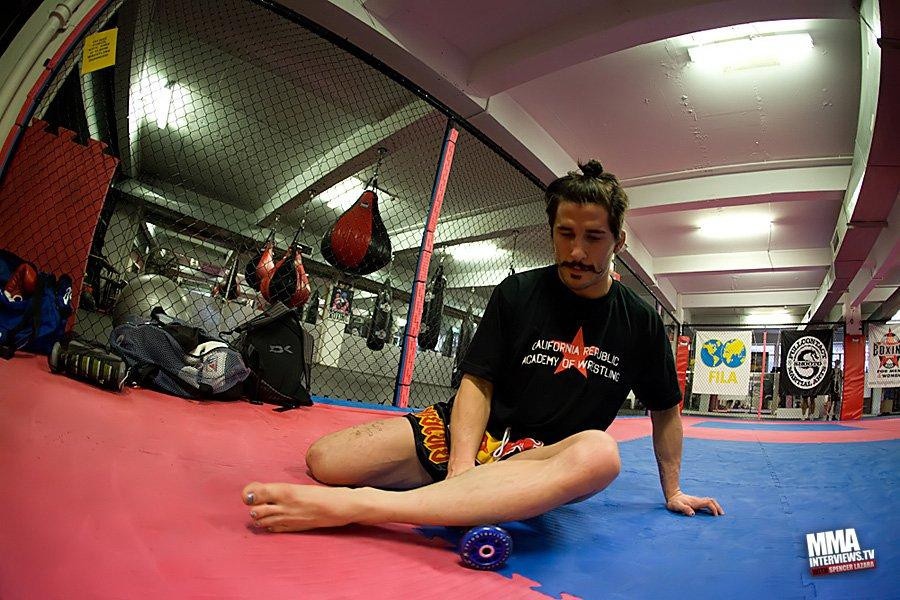 Start with Mobility
Start with Mobility
Just about all of us have stiff ankles, hips and shoulders. Years of sitting and training, without using our full range of motion, leaves us stiff. Not to mention bad habits, past injuries, overuse, etc...In order to restore proper function, we should start by improving the mobility of our joints.
Improve Stability
Mobility and flexibility is just one piece of the puzzle. The next step is to develop stability and control. In order to do this, we typically need to isolate an underactive muscle, get it to fire and then slowly integrate it back into larger movements. Simply stretching the troubled area is not enough. We need to use activate appropriate muscles and stimulate the nervous system, so quality recruitment and movement patterns are restored.
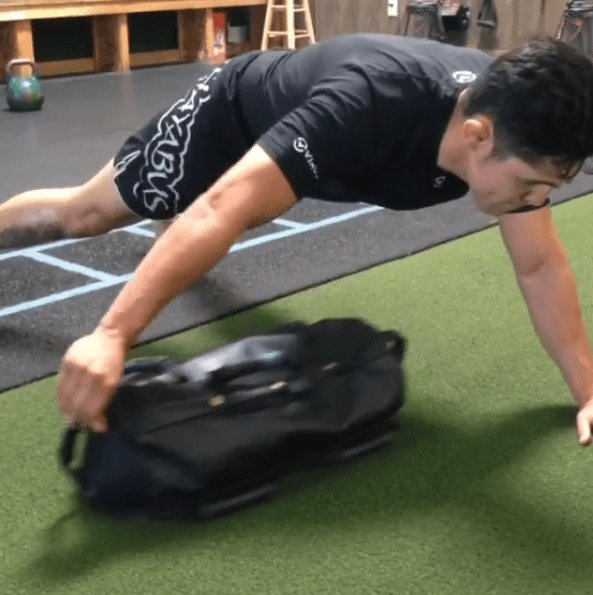 Restore Proper Function
Restore Proper Function
Once we have good mobility and stability of the joint, then we need to slowly integrate larger, more complex movement patterns. In order to do this, we need to choose the appropriate exercise for the job and then use progressions of that exercise to develop good strength and function.
Slowly Integrate Back Into More Intense Work
Once we get out of pain, then its important to proceed with caution. Be patient. Often times, we jump right back into the mix and re-aggravate the area. In order to stay healthy, we should slowly stress the area, using proper exercise selection, intensities and volume.
-----------------------------------------------------------------------------------------------
Ok, So Where Do We Start?

1. Write down injury history, training schedule and current goals.
Gathering this information is critical.
You need to get a clear picture of their health history. What injuries have they incurred and how severe were they? What did they do for therapy and how does it feel currently? Try to uncover as many aches, pains and injuries as possible.
Its also important to clarify the rest of their training schedule. When do you practice, for how long and what are you doing on different days? Ideally, you can coordinate with the skill coach, to make sure that the strength and conditioning is complimenting the skill training. Always better if everyone is on the same page.
-----------------------------------------------------------------------------------------------
2. Check mobility of the ankle, hips, and shoulder.
It is very common for these joints to be stiff. Once we lose mobility in these areas, our movement is compromised.
Here are three ways to check mobility in these areas:
Ankle - Start with the foot about 8-12 inches from the wall and then drive the front knee forward, trying to touch the knee to the wall, without raising the heal. How far can you drive the knee forward? Do you notice a significant difference from right to left?
Hip - People call this a shin box or 90/90 position. Its a great way to assess and mobilize internal and external mobility in the hip. Pay close attention to where the movement becomes challenging and compare the differences from right to left.
Shoulder - This is a simple drill that we learned from Dr. Andreo Spina. In his FRC program, he labels these types of movements as CARS. The goal is to make the circle as big as possible, move slowly and try to get as much range as possible throughout the movement. We use these for warm ups daily and its also a great way to see differences from right to left.
-----------------------------------------------------------------------------------------------
3. Watch them move (aka. Warm Up with Purpose)
We typically start with a variety of mobility drills, transition into activation drills and then finish by raising the core temperature and getting our athletes moving. This has been a simple way for us to assess how our athletes are moving, activate common weak links and prepare them for the work they are about to do.
Warm ups are commonly overlooked and rushed, but warming up properly is one of the most valuable pieces of the workout... especially if you want to prevent unnecessary aches n pains.
Here's a sample warm up:
-----------------------------------------------------------------------------------------------
Eliminate Exercise that Aggravates the Area
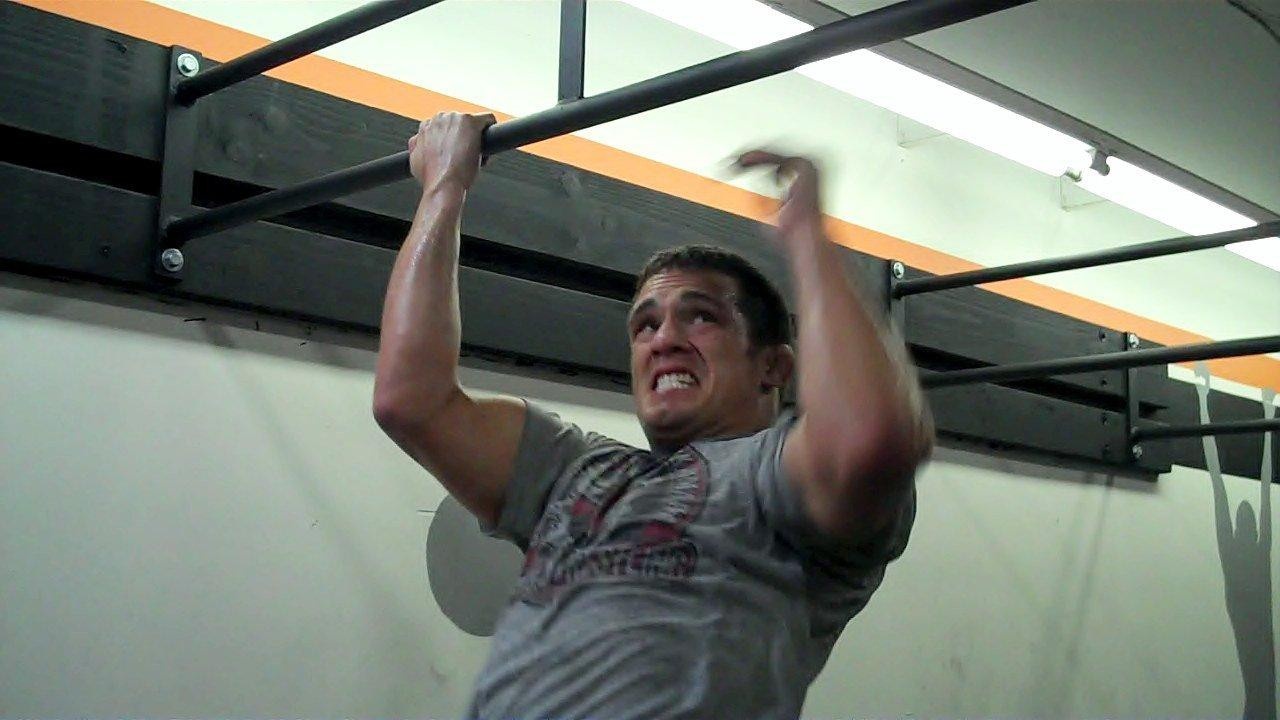 This one is pretty simple.
This one is pretty simple.
If your shoulder hurts, heavy bench press and dips might not be the best idea.
Sore low back, eliminate the deadlifts and cleans until things improve.
It doesn't mean that these are bad exercises, its just the wrong exercise for right now.
Try some other exercises that challenge the same movement pattern until you find something that works without pain.
-----------------------------------------------------------------------------------------------
Improve Mobility
Our sedentary lifestyles, combined with years of training can wreak havoc on our joints. We quickly lose range of motion, which directly affects how we move in the gym and out. By increasing the mobility and control of our joints through full ranges, we can usually restore function and reduce common aches and pains. Below are a few mobility series for the ankle, hip and shoulder complex.
Foot and Ankle Mobility Series
Hip Mobility Series
Upper Back and Shoulder Mobility Series
Add these to your current warm up routine, on off days or as active recovery between strength sets.
Perform them consistently and you should notice improvement within a few days!
-----------------------------------------------------------------------------------------------
Improve Stability
Here are a few of our favorite stability drills for the feet, hips, torso, upper back and shoulders.
4 Way Balance for the feet and ankles
Mini Band Series for the Hips
Shoulder Blade Series
-----------------------------------------------------------------------------------------------
Use Appropriate Progressions Moving Forward
Sample Lower Body Lunge Progression
Sample Upper Body Handstand Progression
Using progressions allows us to learn proper technique and build strength over time. This is commonly overlooked, but using small baby steps along the way is one of the safest and most effective ways to keep yourself healthy, strong and performing at your best.
-----------------------------------------------------------------------------------------------
Control the Intensity
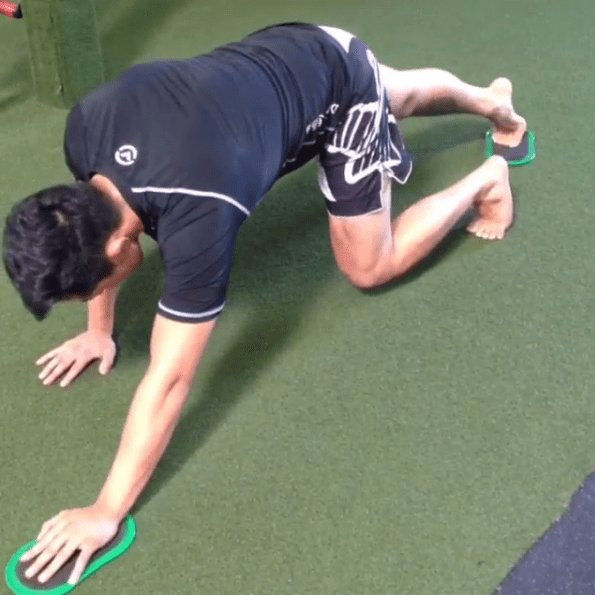 When we are trying to restore function, its important to keep the intensity low.
When we are trying to restore function, its important to keep the intensity low.
Weights are relatively light, reps between 15 and 30, while performing 1-2 sets for each exercise.
The tempo should be slow and controlled, just like when we are learning a new technique.
Remember, think of these workouts as recovery and practice...drill drill drill before adding too much intensity.
Once the pain has subsided, we can slowly reintroduce more intense training.
Adequate Recovery
Develop a schedule that challenges you, but also allows time to recover and replenish.
Signs of over-training include:
- You're Always Exhausted
- Frequently Sick
- Unable to Sleep
- Restless or Anxious
- Decreased Performance
- Elevated Resting Heart Rate
For most people, training once per day is plenty. If you start training twice per day, be sure to vary the intensity for each session to avoid overuse.
Sleep, eat good foods, and use a variety of recovery techniques to aid the recovery process.
Massage, contrast showers, chiropractic and other therapy techniques can be a huge help.
Bottom Line: If you train hard, you have to recover just as hard.
Training for combat sports is tough, so in order to survive its important to take care our our bodies. Using some of the concepts above should help you prevent unnecessary injuries and come back from minor aches and pains quicker.
We look forward to hearing about your progress!
#FightCampConditioning
---------------------------------------------------------------------------------------------
SAMPLE Workouts
We typically work in 3 week blocks, with one primary goal for that 3 week block. The focus of these workouts is to improve mobility, balance, control, and stability throughout the body. The intensity is relatively low, but these drills can help restore function and improve our ability to move. These workouts can be used exclusively, as warm ups or between more intense sessions to speed recovery and stay healthy.
Block 1: Tune Up Workouts
Block 2: Tune Up Workouts
Block 3: Tune Up Workouts
Block 4: Tune Up Workouts
Block 5: Tune Up Workouts
Block 6: Tune Up Workouts
Block 7: Tune Up Workouts
Block 8: Tune Up Workouts
Block 9: Tune Up Workouts
Block 10: Tune Up Workouts
* Customize these workouts to fit you or your athlete's specific ability level and goals.
#fightcampconditioning

